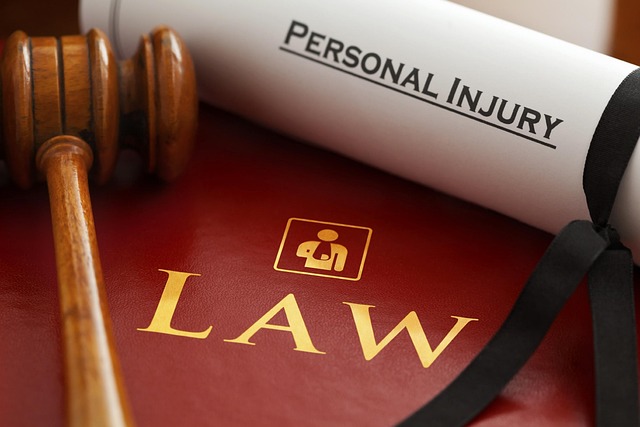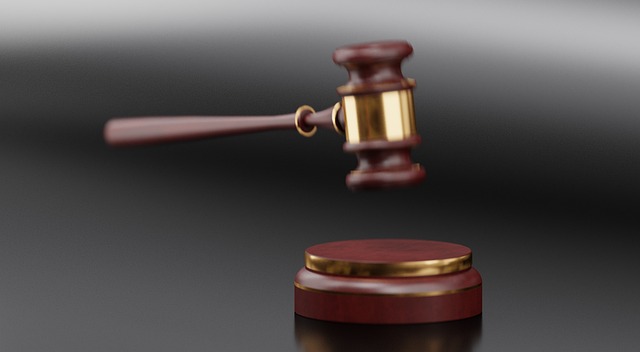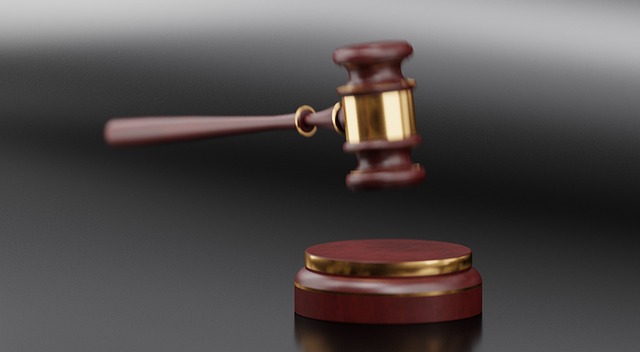Personal injury law specializes in compensating victims for physical and emotional distress caused by another party's negligence or intentional conduct. Key areas include motor vehicle accidents, where compensation covers medical expenses, pain, suffering, and property loss, and medical malpractice, addressing patient harm due to healthcare professional negligence. Establishing liability and determining compensation are critical steps in personal injury lawsuits, with prompt action and evidence gathering crucial for a strong case. Consulting a qualified lawyer is essential to protect rights and secure just outcomes under personal injury law.
“Personal injury law is a crucial pillar of our legal system, ensuring victims receive fair compensation for harm caused by others. This comprehensive guide delves into the intricacies of this complex field. From understanding the fundamentals of personal injury law to exploring common cases and their legal paths, we provide an in-depth overview. We dissect the concepts of liability and compensation, offering insights into how these factors drive lawsuits. Furthermore, our step-by-step navigation assists those affected by personal injuries in their journey towards justice.”
- Understanding Personal Injury Law: A Comprehensive Overview
- Common Types of Personal Injury Cases and Their Legal Recourse
- The Role of Liability and Compensation in Personal Injury Lawsuits
- Navigating the Process: Steps to Take After a Personal Injury Incident
Understanding Personal Injury Law: A Comprehensive Overview

Personal injury law is a complex legal field dedicated to compensating individuals for physical and emotional harm caused by another party’s negligence or intentional actions. It encompasses a wide range of accidents, from car collisions to slips and falls, medical malpractice, and workplace injuries. Understanding this law involves grasping several key concepts.
First, it’s crucial to know that victims have rights to seek damages for their losses. These damages can include medical expenses, lost wages, pain and suffering, and more. Legal professionals navigate these cases by investigating the incident, gathering evidence, and advocating for their clients’ interests. The process often involves negotiations with insurance companies or court appearances, ensuring a fair outcome in line with applicable personal injury law.
Common Types of Personal Injury Cases and Their Legal Recourse

In the realm of personal injury law, several common types of cases emerge, each with distinct legal implications and recourse. One of the most prevalent is motor vehicle accidents, which often result in severe injuries due to negligence, such as distracted driving or speeding. Victims in these cases may pursue compensation through personal injury lawsuits, seeking damages for medical expenses, pain and suffering, and property loss.
Another significant category is medical malpractice, where patients suffer harm due to the negligence of healthcare professionals. This can include misdiagnosis, incorrect treatment plans, or hospital errors. Legal avenues here involve filing claims against healthcare providers to secure accountability and financial redress. Both types of cases under personal injury law require a thorough understanding of legal procedures and rights to navigate the intricate process effectively.
The Role of Liability and Compensation in Personal Injury Lawsuits

In personal injury lawsuits, liability and compensation are central pillars that drive legal proceedings and determinations. Liability refers to the legal responsibility of an individual or entity for causing harm or damage to another person. Establishing liability is a crucial step in any personal injury case, as it determines who is at fault and thus liable for redress. This involves proving negligence, intentional actions, product defects, or other grounds that warrant legal accountability. Once liability is established, the focus shifts to compensation, which aims to provide relief and restore the victim’s condition as closely as possible to what it was before the injury occurred. Compensation may include damages for medical expenses, lost wages, pain and suffering, and other related costs, ensuring that victims are fairly remunerated for their losses.
Personal injury law guides the process, defining the rights of plaintiffs and the responsibilities of defendants, ensuring a structured framework within which these principles operate. Understanding liability and compensation is essential for both victims seeking justice and defendants aiming to protect themselves from undue financial burden. This dynamic interplay ensures that personal injury lawsuits not only hold accountable those who cause harm but also provide a means for victims to heal and regain their sense of normalcy.
Navigating the Process: Steps to Take After a Personal Injury Incident

After a personal injury incident, navigating the legal process can seem daunting. However, understanding the steps involved can help ensure your rights are protected. The first step is to seek medical attention as quickly as possible to document any injuries sustained. This not only provides crucial evidence for your case but also ensures you receive the necessary treatment.
Next, gather all relevant information from the incident, including contact details of anyone involved, witness statements, and photos or videos of the scene and subsequent injuries. Consult with a personal injury lawyer who can guide you through the legal process, help draft demands to the at-fault party or their insurance company, and represent you in negotiations or court if needed. In personal injury law, timing is critical, so prompt action is essential to build a strong case.
Personal injury law plays a pivotal role in ensuring justice and fair compensation for individuals harmed due to someone else’s negligence. By understanding the various aspects, from recognizing common case types to navigating the legal process, victims can better protect their rights. This comprehensive overview equips readers with knowledge to make informed decisions and pursue the appropriate legal recourse when facing personal injury incidents.
